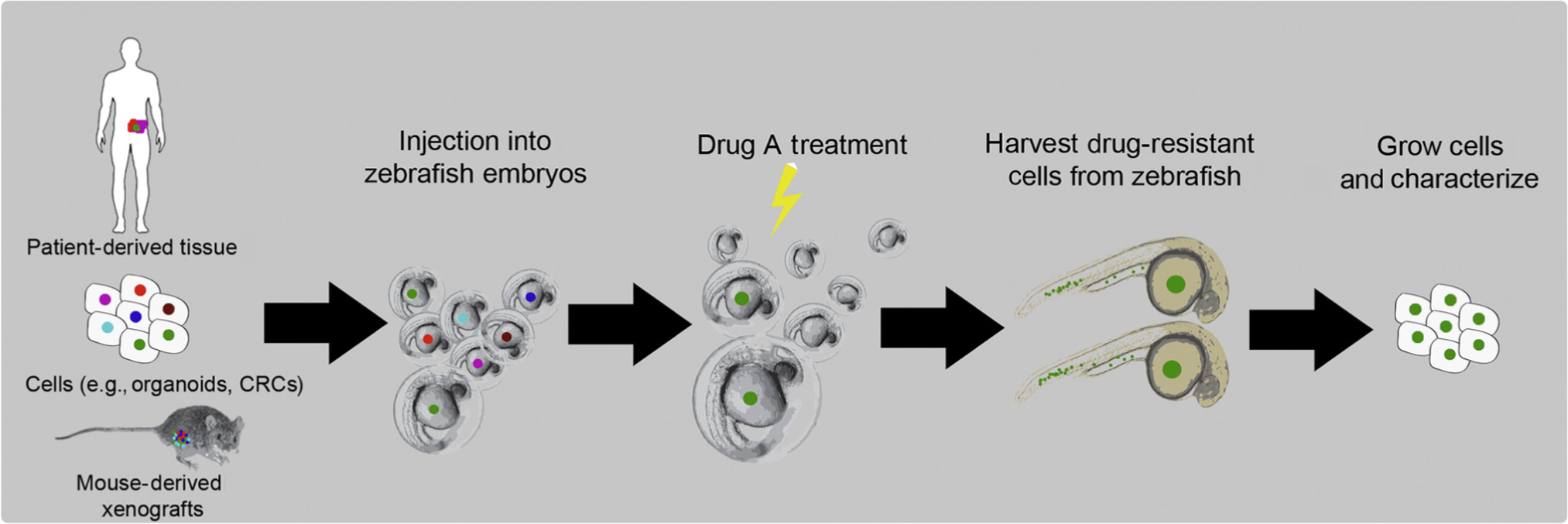Figure 2. Drug Resistance Modeling in Zebrafish.

Tissue or cells from a tumor biopsy, or patient-derived cell culture, organoids, or mouse patient-derived xenografts (PDX), maintain tumor heterogeneity and are therefore likely to be representative of the tumor of the patient when transplanted into hundreds of zebrafish embryos. The tumor-bearing embryos are treated with a drug of interest, for example, the chemotherapy the patient is receiving. After 3–5 days, some embryos will have cells that have intravasated and migrated to the tail in a process that has similarities to metastasis, and some cells will remain viable at the injection site in the yolk sac. The subset of cells that are resistant to drug treatment can then potentially be isolated, and subsequent mutation and gene expression profiling of these cells can identify potential drug targets. These resistant mutations then can be engineered into cells and validated in mouse orthotopic models, and new drug(s) identified for these resistant cells can then be used in clinical trials. Abbreviation: CRCs, conditionally reprogrammed cells.
